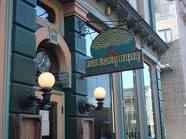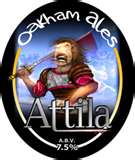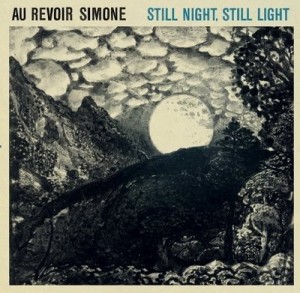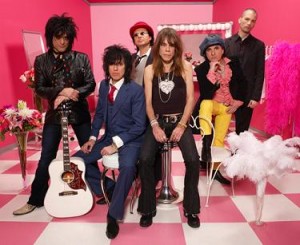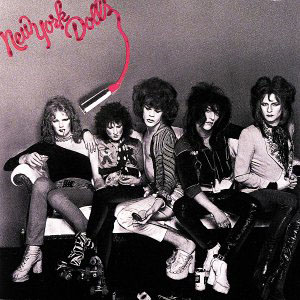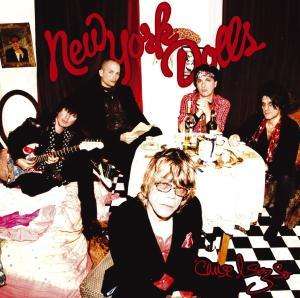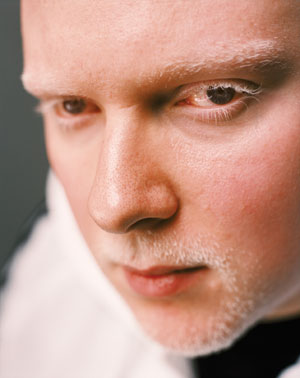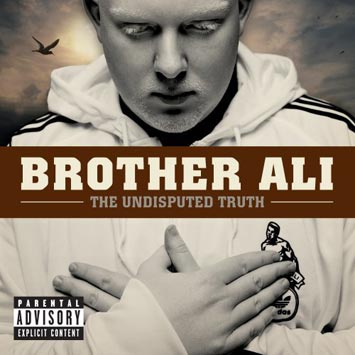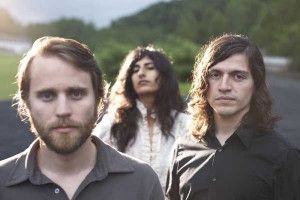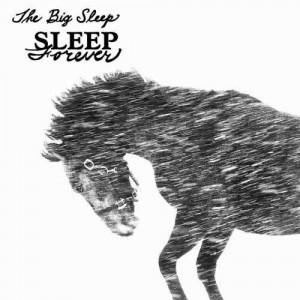 Under the unassuming pseudonym, The Field, minimalist Swedish electronic music designer, Axel Willner, makes some of the most hypnotizing transcendental meditations and brusque instrumental contraptions currently making the rounds worldwide.
Under the unassuming pseudonym, The Field, minimalist Swedish electronic music designer, Axel Willner, makes some of the most hypnotizing transcendental meditations and brusque instrumental contraptions currently making the rounds worldwide.
A brilliant laptop-toting tape-manipulating loop-sampling mastermind splattering cold robotic machinations onto lavishly warm hypnotizing euphoria, the formerly Stockholm-based architect corrupts majestically mellifluent processed sound-waves with surrealistic shoegazer-informed sonic droning (pioneered by ‘80s icons My Bloody Valentine and Jesus & Mary Chain) to create fascinatingly ambient symphonies.
The Field’s most popular track making the rounds on Myspace, “Over There” embellishes many of the engagingly inorganic elements put forth by Willner on cerebral ’07 debut, From Here We Go Sublime, a highly praised club-land exhibition. Soothingly indicative as a neat reference point, “Over There’s” becalmed disco-derived rhythm tethers a pulsating light Industrial groove central to a noir-ish dance floor shuffle.
Throughout, From Here We Go Sublime retains a uniform, smooth-as-menthol, flow. The frazzled metronomic pull of “The Little Heart Beats So Fast” imbibes a steadily throbbing orgasmic purr. “A Pain In My Face” adds a lucid guitar figure straight out of romanticized ‘70s soul purveyor Barry White’s silvery Love Unlimited Orchestra. The pace quickens for the tinsel-y neo-orchestral percussive sweep of heat-up cool-down chill-out session, “Silent.”
At proper intervals, a distant diva’s serene moans caress the relaxed mood. Synchronized kick drums and cymbals rewardingly link the steamy hot-processed Industrial grid to free-falling breathtaking swoops, gorgeous tidal wave flourishes, and gooey liquefied residue.
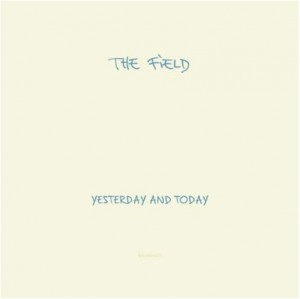 In the same vein, electronic rock components, Kraut-rock maneuvers, and new wave dalliances provide elliptical imagery and whirly oscillations to ‘09s busier, richer Yesterday And Today. Expanded arrangements stretch out compositional structures to no ill effect. In fact, Yesterday And Today floats by like a thematic intergalactic retreat.
In the same vein, electronic rock components, Kraut-rock maneuvers, and new wave dalliances provide elliptical imagery and whirly oscillations to ‘09s busier, richer Yesterday And Today. Expanded arrangements stretch out compositional structures to no ill effect. In fact, Yesterday And Today floats by like a thematic intergalactic retreat.
Less dance-dependent and more mood-altering, voices enter the fold on the sensitively retooled version of unheralded ‘80s band Korgis’ whirring balladic sanctuary, “Everybody’s Got To Learn Sometime.” Coming up from the foggy mist and lathered into dreamy elongated climactic suds, “I Have The Moon, You Have The Internet,” finds Willner shooting ‘for the stars’ while some unspecified introverted onlooker sits at home twittering and googling, perhaps ironically for The Field, contrasting active listening versus passive listening.
Upping the tempo and reinforcing the Industrial beat with chiming percussive undertones and a billowy synthesizer apparatus, “Leave It” debunks its winsome pastoral urges over the collage-like eleven-minute escapade. Then, barely rising above the illustrious din of the title track is an upbeat three-note female utterance, adding a shimmering glow to the metric beat that gets more electronic as it progresses. The glimmering “The More That I Do” continues to ride the LP’s oft-times gauzy thread and may be the most exhilarating piece. Lastly, on mammoth fifteen-minute-plus finale, “Sequenced,” perpetual computer generated percolation’s infiltrate a swirled dreamscape where tubular cylindrical blurbs slip into a syncopated Giorgio Moroder-obtained digitized cadence.
By going a bit organic in approach, Willner utilizes the services of multi-instrumentalist Andreas Soderstrom and bassist-percussionist Dan Enquist for Yesterday And Today - two skillful musicians who’ll join The Field for an American tour.
In conclusion, The Field successfully crafts reliable mood music for shuffling club feet as well as passive background fodder.
Who were your early musical influences and how have they shaped your style?
AXEL: Early musical influences include punk. I don’t know if that shaped my musical style but maybe the production has.
What do you see as the musical growth starting with From Here We Go Sublime and going to the new LP?
AXEL: The bringing in of different instrumentation. To work with other people in the studio and also to just keep it like it has always been, to just do it and keep it open.
Is there a current Stockholm scene that exists and how does it affect you, if at all?
AXEL: There’s a lot of good things going on in Stockholm, but nothing that really affects me. Since I moved from the town now it’s also hard to keep up with what’s going on there. But of course, there’s a few names that I always keep my eyes open for.
Who are some artists you currently enjoy listening to?
AXEL: Talk Talk, Manuel Göttsching, John Carpenter, Harmonia, Sunn o))), and Ultravox, Cocteau Twins, Riz Ortolani, amongst others.
Have you ever thought of doing soundtrack work?
AXEL: I’ve been thinking about it but just got the request once. I would love to do it. A dream is to make music for a horror film!
You’ve done remixes for 120 Days, Annie, and others. Are there future remixes planned and with whom?
AXEL: There’s nothing in progress at the moment…
Is it nerve-wracking to do concerts solo and how will your new band mates help the live show be more exciting?
AXEL: It used to be tough and that’s why I changed it all a year ago. The music gets more organic, more fun for me and for the audience, and it’s back to the roots for me playing.
Were you influenced at all by modern Classical artists such as Steve Reich, Phillip Glass, or John Cage?
AXEL: I’m a huge fan of Steve Reich, and of course, he has influenced me – the repetition…
What made you cover “Everybody’s Got To Learn Sometime”?
AXEL: As a lot of the things I do, I collect bits and pieces of others but this time around during the recording at a break it came on and we decided to make a cover out of it. It turned out well and we worked more on it and decided to keep working on it.
How’d the collaboration with John Stanier of the Battles come about for Yesterday And Today’s title track?
AXEL: We met around the world and had been talking about doing something together and once in Cologne we went to a studio to jam around and we recorded a sketch. From this sketch a song came. And John put the drums in at Cologne while I was in Berlin, but then went to Stockholm to record the bass.
Do you enjoy Giorgio Morodor’s late ‘70s mechanized disco?
AXEL: I love his things! All the way from Donna Summer’s “I Feel Love” to Limahl´s “Never Ending Story.”
What would you like to accomplish with future recordings or endeavors?
AXEL: I have no certain agenda but to make music as it is right now. I’m very happy as it is!
